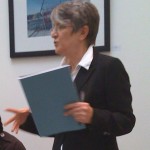Looking back over a wonderful summer of ideas and art, the Last Days of Limehouse stands out as a thought provoking and interesting production, in the intriguing surroundings of the crumbling Limehouse Town Hall, telling the story of the original China Town. Most of the buildings are gone now, pulled down in the name of modernisation, replaced by wide roads and concrete blocks, and this was the subject of the play, to a great extent. Do we hang on to memories, dark winding alleys, small gloomy shops in old Victorian buildings, or do we go for an inside loo, hot and cold running water and maybe even central heating?
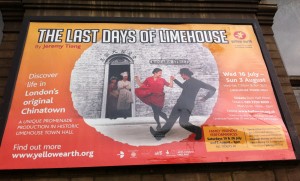
The audience walked round the large ballroom, following the action, as the scenes played out. Loved it!

The Musee d’art Moderne in Ceret was a revelation because it was such a fabulous place – Picasso, Chagall, Matisse – bang in the middle of our holiday resort. Bull fighting is not my idea of fun, but the art work was evocative and powerful, nonetheless.
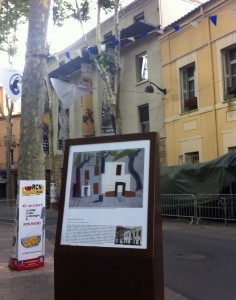
Back in London there was the showing of Brief Encounter – David Lean’s 1945 film starring Celia Johnson and Trevor Howard, at the Royal Festival Hall. What made this a remarkable event was that the London Philharmonic Orchestra played the soundtrack – Rachmaninov’s Piano Concerto no.2.
Before the film began there was a complete performance of the Concerto with the pianist Leon McCawley. Then Celia Johnson’s daughter spoke – describing what the film meant to her mother and reading from letters her mother wrote to her father from the film set, her fears, her triumphs. And then the film. How many times have I seen it? 3? 4? 5? and I had forgotten so much. Its humour (Irene Handl playing the cello and then a cinema organ), its pathos, the despair at that gossiping neighbour. The soundtrack of the film had been painstakingly removed, frame by frame, so that the London Philharmonic could play in its stead. The result repaid the massive effort – with its wonderful rich sound, in the magnificent surroundings of the Royal Festival Hall, the whole event shared with a capacity audience – it was a great evening.
There was Matisse at the Modern.
 .
.
The Earth Caught Fire outside the British Library.
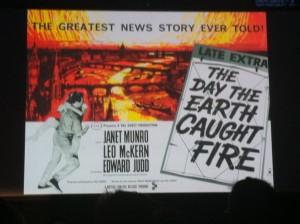
And there was Mondrian at the Turner Contemporary on the curve of the wonderful beach at Margate.
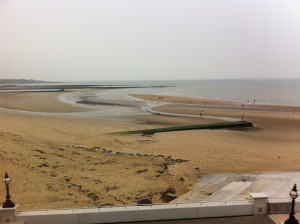
It was a great exhibition in a light airy new building. What did I know of Mondrian, apart from the fact he worked in straight lines with primary colours? Fortunately, the recent BBC programme about the city of New York had given us a brief introduction to his life and work, and indeed there was a wonderful film which formed part of the exhibition which highlighted his joy at moving to New York with its straight streets and its brightly coloured taxis, as well as his love of the music he heard in the nightclubs. But the exhibition displayed his development from his early work, a form of impressionism to the final stark representation of objects through lines and right angles.

And then came the Black Chronicles exhibition at the Autograph Gallery in the ultra hip area of Shoreditch, in East London.
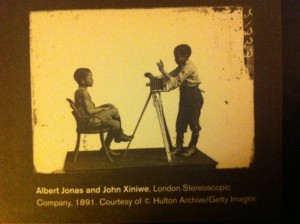 This exhibition is still on – till November – and you should catch it if you can.
This exhibition is still on – till November – and you should catch it if you can.
On display are fascinating images of a society rarely spoken about and even more rarely pictured. These are photos, postcards and calling cards from the late 19th and early 20th Century of black citizens living in this country at that time.
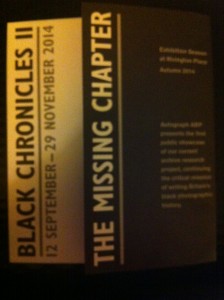
Replete with culture, we’re now in autumn with even more delights to look forward to.

